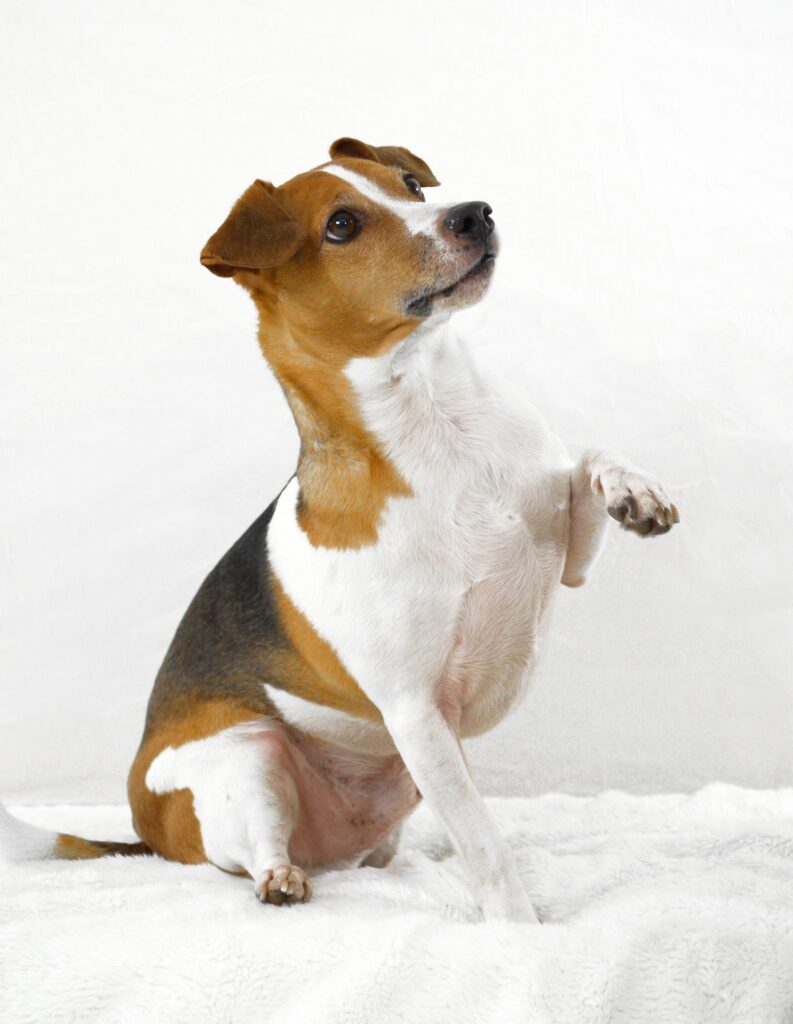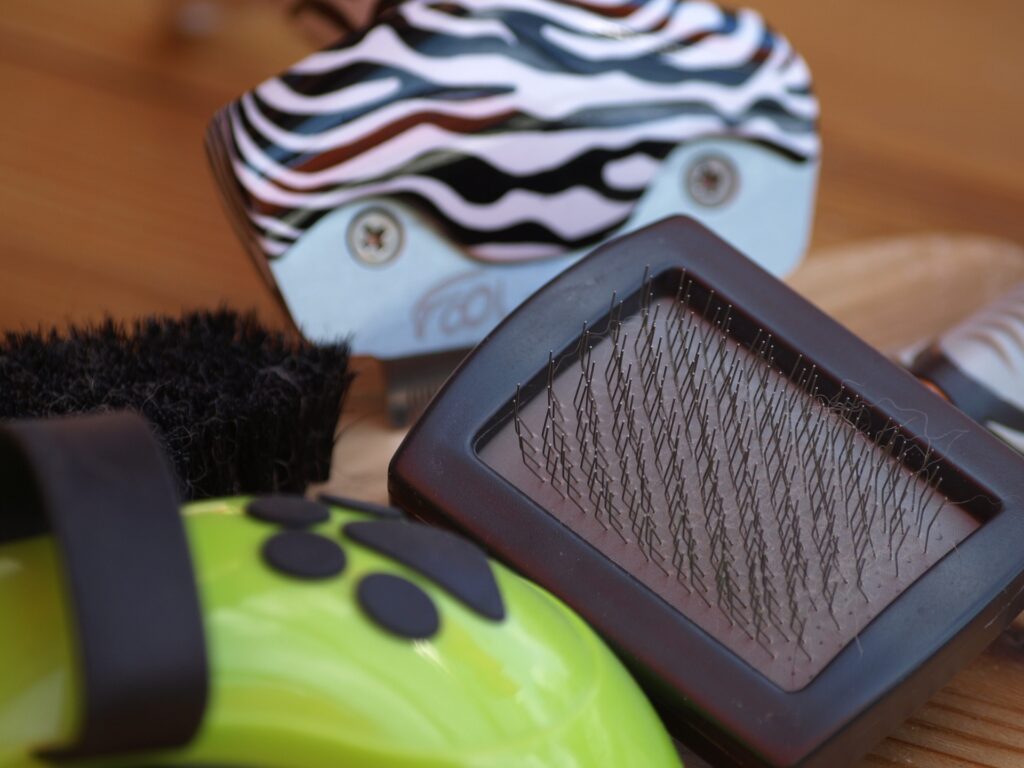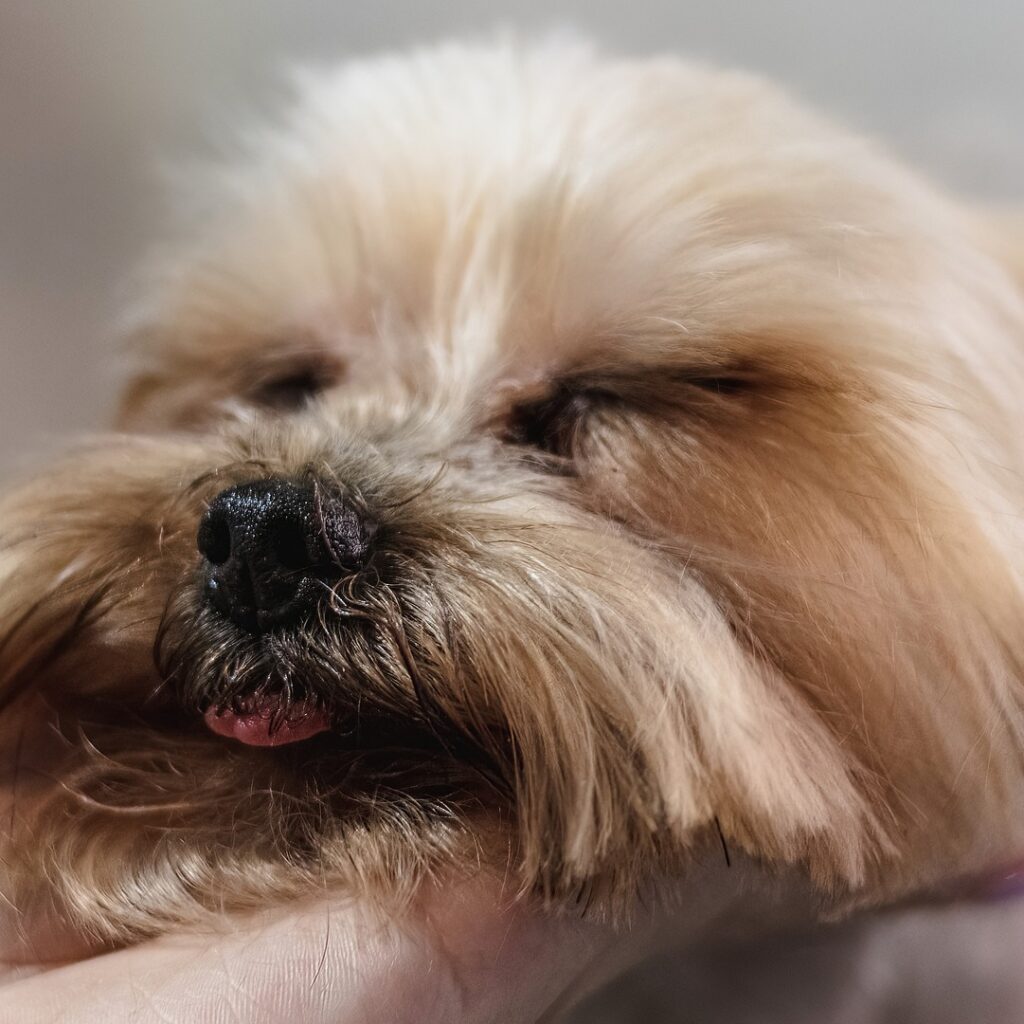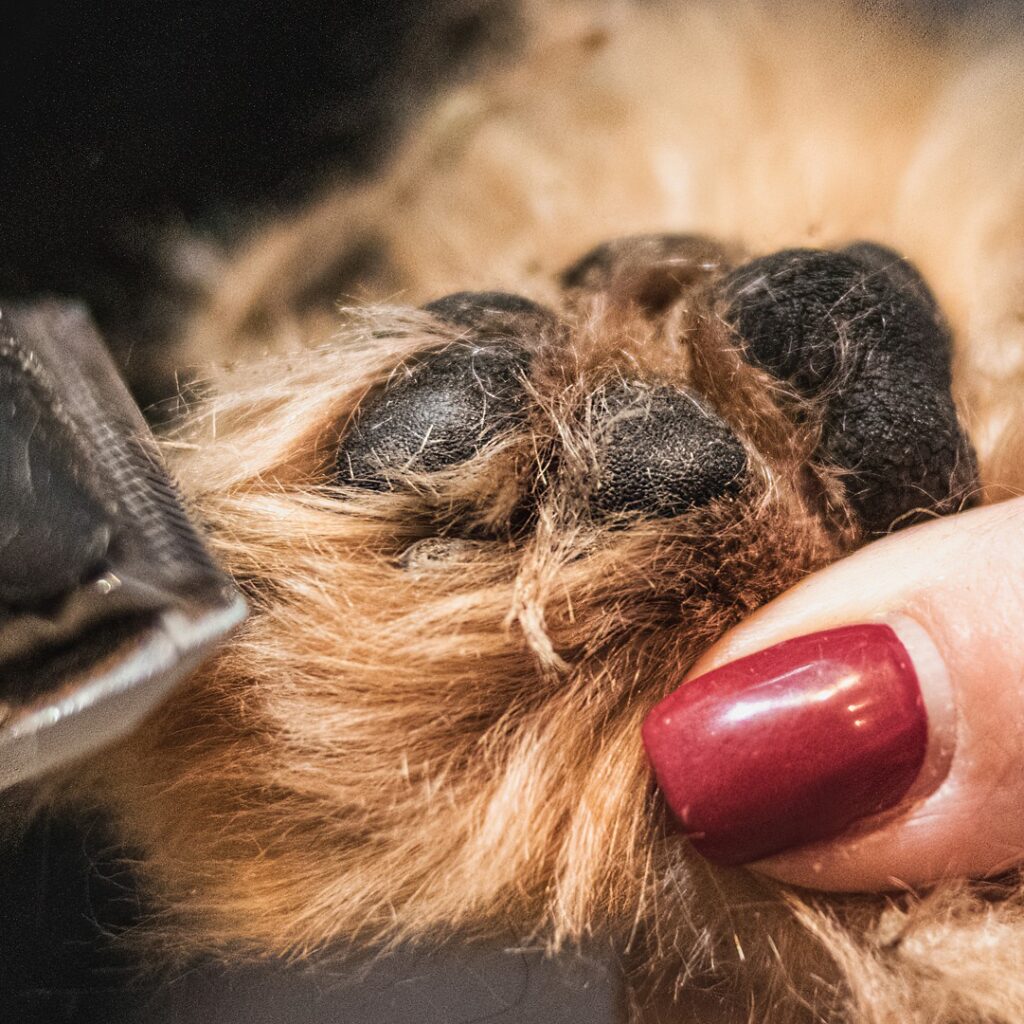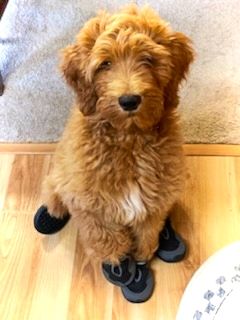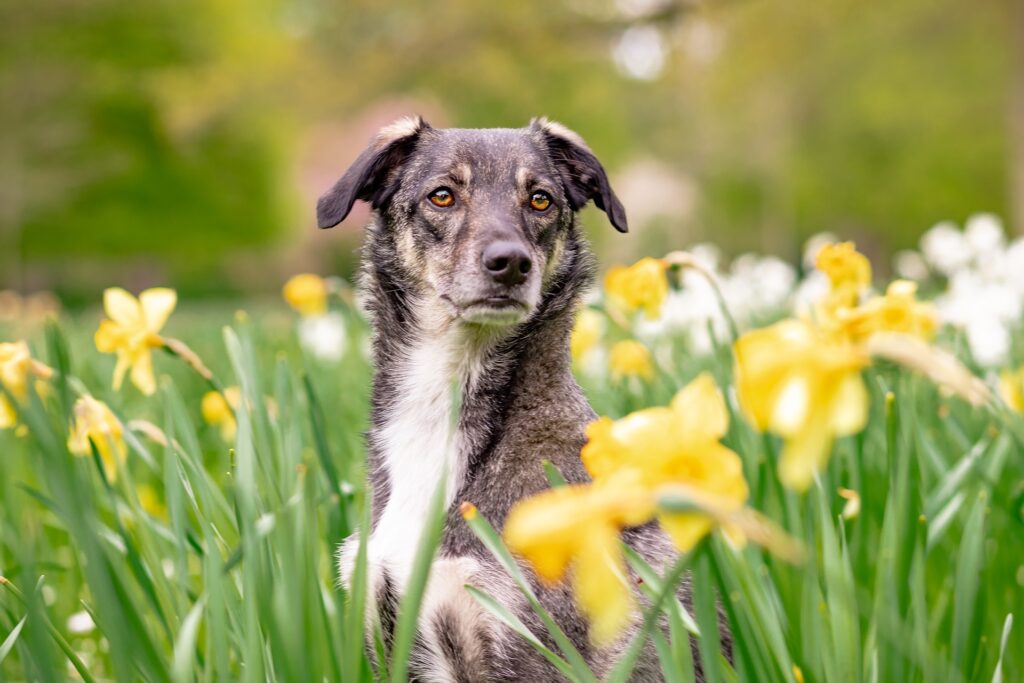
Spring is a wonderful time of year, but it isn’t without its hazards to our dogs. When it comes to looking out for our canine companions, keep an eye on these common health risks to ensure your spring is filled with fun.
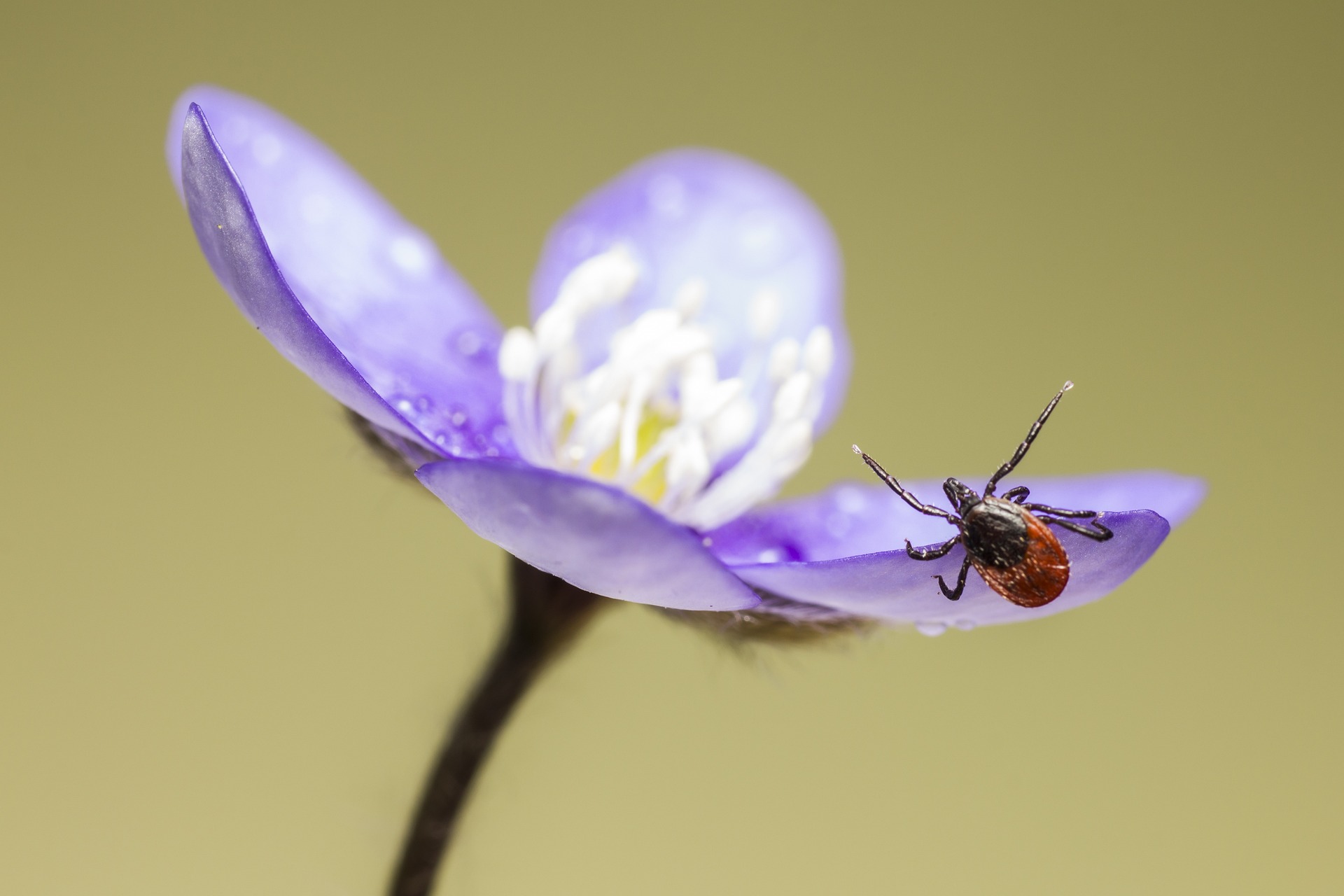
Ticks and Lyme Disease
Lyme disease is a tick-transmitted disease that has been found in nearly all states in the U.S. and in large areas in Europe and Asia. While acquired cases aren’t found in Australia and New Zealand, it has occasionally been diagnosed in overseas travelers. Dogs are 50 to 100 times more likely than humans to encounter disease-carrying ticks.
Common symptoms include lameness (especially recurrent), fever, lethargy, and swollen lymph nodes. Ticks must be attached to your dog for 48 hours for him to contract Lyme disease, so daily checks and quick removal dramatically ups your chances of keeping your pooch healthy.
To remove a tick, dab the area with rubbing alcohol, then use a pair of tweezers to grab the tick as close to your dog’s skin as possible (leaving parts of the tick behind can cause serious problems). Pull straight up; don’t twist or jerk the tick. Disinfect the area, wash your hands, and sterilize the tweezers.
Monitor the bite site for the next few weeks. If you see redness or swelling, visit your vet right away.
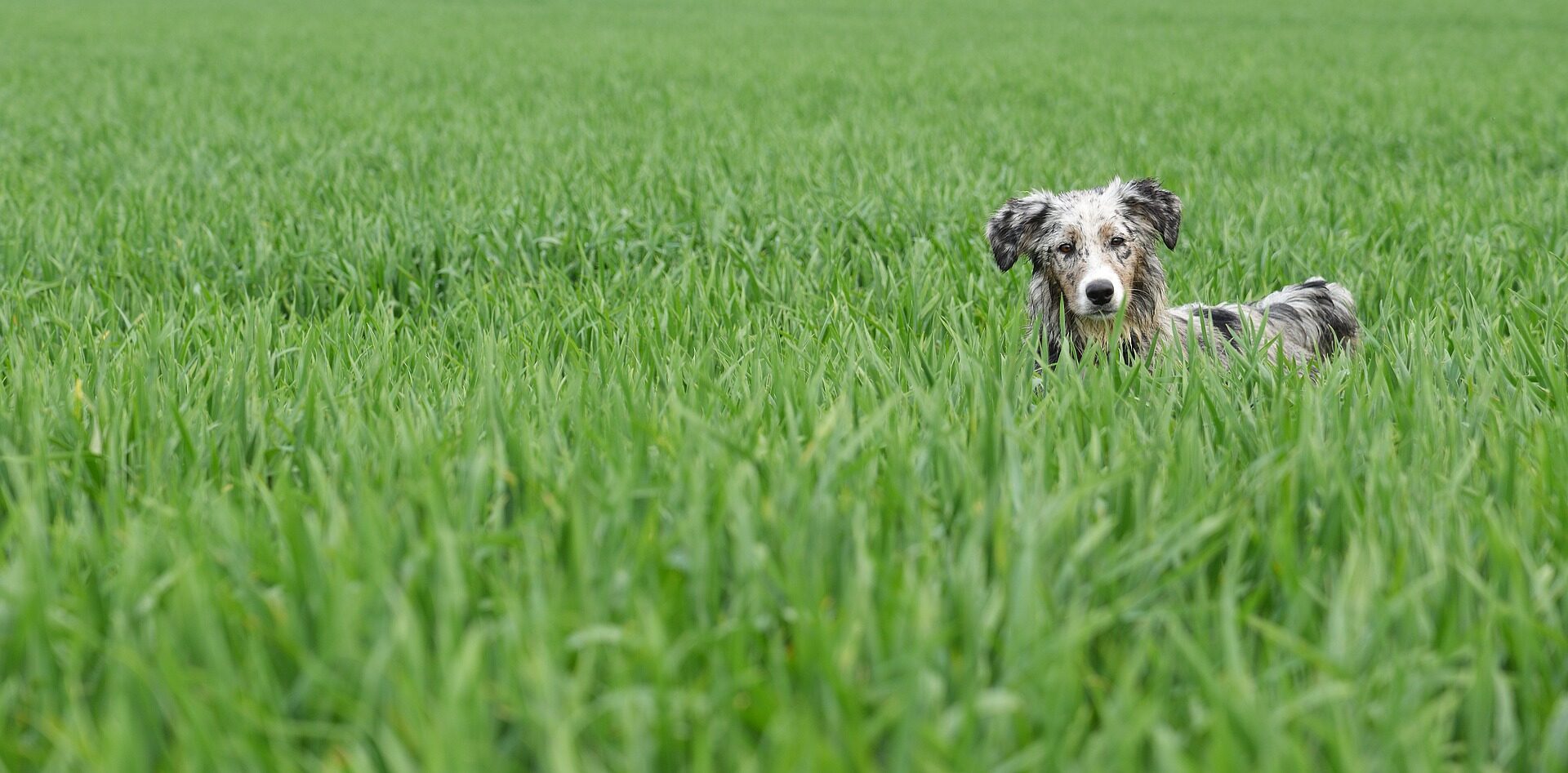
Keeping Your Dog’s Coat Seed-Free
Grass seeds can be a hazard for your dog – lodging themselves in the skin and even entering your dog’s body through their nose, mouth, and ears. Here’s how to manage these pesky intruders.
Regular Grooming: Brush your dog’s coat regularly, especially after walks. Pay close attention to the paws, ears, and armpits, where grass seeds tend to cling.
Trimming Between Toes: Long hair between your dog’s toes is a magnet for grass seeds. Regularly trim this area to minimize the chance of seeds getting lodged.
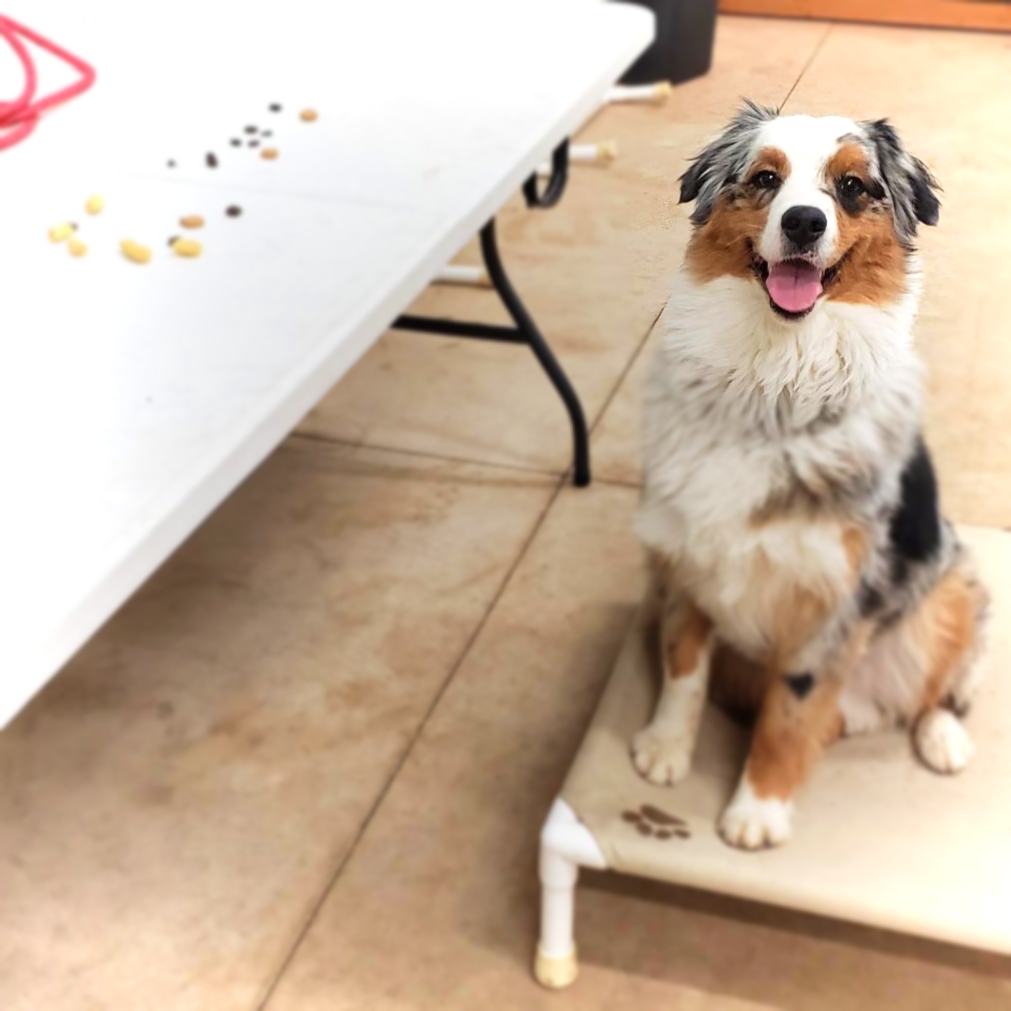
Does your dog need manners?
We can help!
Say goodbye to leash pulling, door-dashing, jumping, and more.
Say hello to slack leash walking, stay, calm greetings, and more.
Message us for your free initial consultation and learn how training can change your life!

